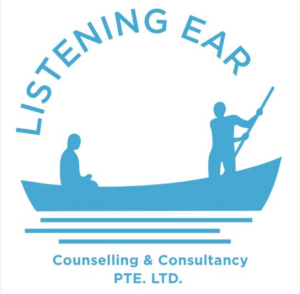Generic Name: Sertraline Hydrochloride
Brand Names: Zoloft
Drug Class: SSRI, Anti-depressant, Anxiolytic
Similar Class Drugs: Paroxetine, Fluvoxamine
Available Dosage forms: Oral tablet, capsule, and liquid.

What is Sertraline?
Sertraline is used as a first-line treatment and maintenance therapy for depression in adults.1 It selectively inhibits SERT receptors to allow the accumulation of serotonin in the synaptic cleft. The upregulation of serotonin neurotransmitters results in mood enhancement and reduction in depressive symptoms. Sertraline also affects dopaminergic neurotransmission more than other drugs of the same class.
The non-FDA approved uses of Sertraline include:1
– Bulimia Nervosa
– Obsessive-Compulsive disorder
– Social anxiety disorder
– Penile erection issues
– Post-traumatic stress disorder
How to use Sertraline?
The medicine is taken as oral tablets or capsules and is only available as a prescription drug. Avoid crushing or chewing the tablet and swallow it whole with water. You can take the tablets with or without food. However, the liquid form of Sertraline should be taken with food. Mix the liquid form in another liquid. Water, lemon juice, orange juice, or any citrus liquid could be mixed with the medicine. A good mixture will appear cloudy. Do not pre-mix the liquid at once and save it for later. Mix the liquids as per the dosage prescribed by your doctor.
Your symptoms might not improve for a few weeks. Note that this is normal, and the medicine takes time to provide maximum benefit. It might also cause a worsening of your condition before improvement. Consult your doctor if the depressive symptoms stay unresolved for a longer duration.
What are the side effects of Sertraline?
Sertraline has better tolerability and fewer risks of life-threatening toxicity compared to other SSRIs.2 The side effects are dose-dependent. Some common side effects that you may experience:
– GI upset- indigestion, loss of appetite, nausea, diarrhea
– Insomnia, somnolence, agitation
– Tremors, shaking
– Sweating
– Drowsiness
Adverse effects that are noted with Sertraline include:
– Bleeding
– Serotonin syndrome
– Suicidal inclination
– Atrioventricular septal defects in infants of mothers who took Sertraline in their first trimester 1
– Syndrome of inappropriate antidiuretic hormone secretion (SIADH) in older patients above 65
Who should not use Sertraline?
It is used with caution in:
– Pregnant and breastfeeding women
– Children and adolescents
– Geriatric patients over the age of 65
– Patients with associated comorbidities
It is contraindicated in:
– Patients undergoing long term therapy with MAOIs (monoamine oxidase inhibitors) and intravenous methylene blue
– Hypersensitivity
References
Singh HK, Saadabadi A. Sertraline. [Updated 2020 Nov 22]. In: StatPearls [Internet]. Treasure Island (FL): StatPearls Publishing; 2021 Jan-. Available from: https://www.ncbi.nlm.nih.gov/books/NBK547689/
Sheehan DV, Kamijima K. An evidence-based review of the clinical use of Sertraline in mood and anxiety disorders. Int Clin Psychopharmacol. 2009 Mar;24(2):43-60. doi: 10.1097/yic.0b013e3282f4b616. PMID: 21456103.










